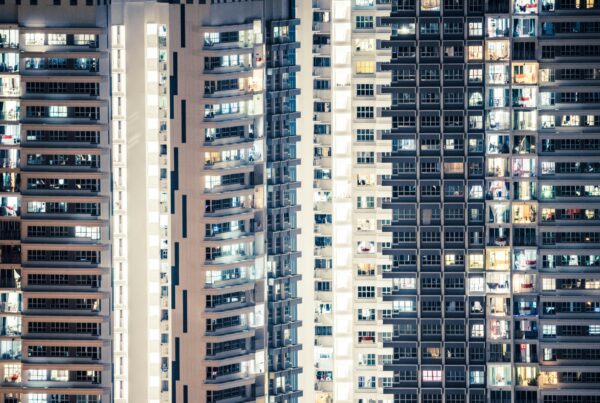The next generation of renters is here. So, what can multifamily operators do to prepare their communities to meet new demands?
The future forecasts an increased number of renters with remote careers in their renter profile; however, this is not solely COVID-related; a much bigger trend is happening here.
Forbes recently noted that the Census Bureau indicated 2020 through 2030 will be the lowest working population growth our country has seen since the Civil War. Moreover, these predictions indicate the smallest increase in the number of people, not the percentage, aged 20 through 60 in the workforce since the Civil War. Why? Baby Boomers are retiring, 21% less immigration through 2030 than predicted, and a global pandemic that created the cherry on top of this unique set of circumstances that formed today’s tight labor markets.
Adapting to the Remote Work Revolution with Smart Building Tech Amenities
Managers and employers have to adapt to tight labor markets by meeting the demand of today’s remote workforce. And the desire to work remotely is valid; rent has risen 16% and gas by 78%, which means an individual’s job has to be worth it to sacrifice family time, commute time, and more affordable living. Moreover, today, people don’t have to tie themselves to a geographic area for a career. At the beginning of the pandemic, only 36% of workers were remote because they wanted to be, but now, 61% percent of people who work remotely do so because they want to.
If today’s workers can afford to be picky about where they work, then today’s renters can afford to be selective about where they live. So, if your apartment community’s most significant selling point was its location, what do you do now?

Remote careers provide renters with the flexibility and freedom to work from almost any location, which means a community’s amenities must accommodate their new lifestyle and out weight location.
Community Amenities


